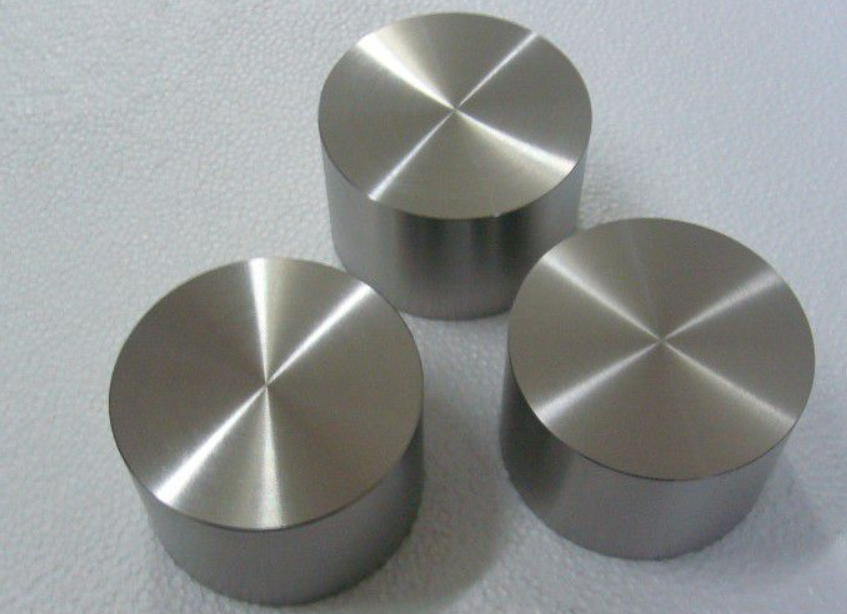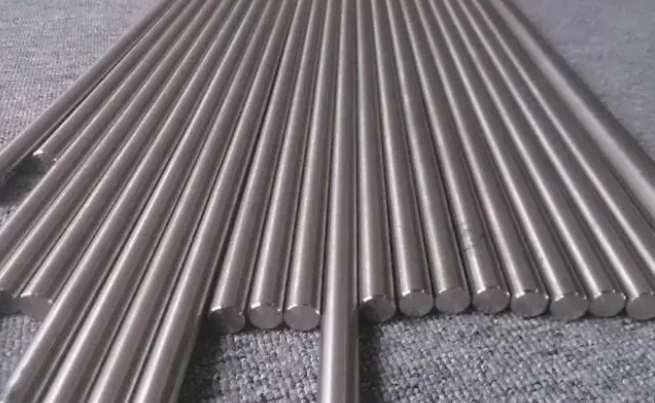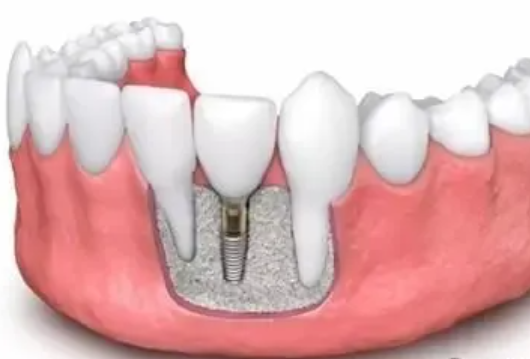티탄 is an element with the atomic number 22 주기율표에서. 4교시 그룹 IVB에 속해있습니다., 지르코늄, 하프늄과 함께. 이들 원소는 녹는점이 높고 실온에서 표면에 안정적인 산화막이 형성되는 것이 특징입니다..

티타늄의 주요 특성
1. Low Density, 고강도, 높은 비강도
- Titanium has a density of 4.51 g/cm³, which is 57% 강철의 것.
- It is less than twice as heavy as aluminum but three times stronger.
- The specific strength (strength-to-density ratio) of titanium alloys is the highest among common industrial alloys.
- Titanium alloys have a specific strength:
- 3.5 times that of stainless steel
- 1.3 times that of aluminum alloys
- 1.7 times that of magnesium alloys
- These properties make titanium alloys essential structural materials for the aerospace industry.
2. 우수한 내식성
- Titanium’s corrosion resistance is due to the presence of an oxide film.
- It performs better in oxidizing media compared to reducing media, where high-rate corrosion can occur.
- Titanium is resistant to many corrosive environments, such as:
- Seawater
- Wet chlorine gas
- Hypochlorite and perchlorate solutions
- Nitric acid
- Chromic acid
- Metal chlorides
- Sulfides
- Organic acids
- In environments that generate hydrogen through reaction (예를 들어, hydrochloric and sulfuric acids), titanium typically has a higher corrosion rate.
- Adding small amounts of oxidizing agents to the acid can form a passivating film on titanium.
- Thus, titanium is resistant to corrosion in:
- Strong sulfuric-nitric acid mixtures
- Hydrochloric-nitric acid mixtures
- Hydrochloric acid containing free chlorine
- Its protective oxide film forms when the metal contacts water, even in small amounts of water or steam.
- In completely water-free strong oxidizing environments, rapid oxidation and violent reactions, including spontaneous combustion, can occur.
- Such phenomena have been observed in reactions with:
- Fuming nitric acid containing excess nitrogen oxides
- Dry chlorine gas
- To prevent these reactions, a certain amount of moisture must be present.
3.Good Heat Resistance
- While aluminum loses its original properties at 150°C and stainless steel at 310°C, titanium alloys maintain good mechanical properties at around 500°C.
- For aircraft flying at Mach 2.7, the surface temperature reaches 230°C, making aluminum and magnesium alloys unsuitable.
- Titanium alloys can meet the requirements for these high-temperature conditions.
- Titanium’s heat resistance makes it suitable for:
- Compressor discs and blades in aircraft engines
- The skin of the rear fuselage.
4. 탁월한 저온 성능
- Certain titanium alloys (예를 들어, Ti-5Al-2.5SnELI) increase in strength as temperature decreases, with only a slight reduction in plasticity.
- These alloys maintain good ductility and toughness at low temperatures.
- These properties make titanium suitable for use in ultra-low temperature environments, such as:
- Liquid hydrogen and liquid oxygen rocket engines
- Ultra-low temperature containers and storage tanks of spacecraft.
5. Non-Magnetic
- Titanium is non-magnetic, making it useful for submarine hulls to prevent triggering mines.
6. Low Thermal Conductivity
- Titanium has low thermal conductivity, 오직:
- 1/5 강철의 것
- 1/13 that of aluminum
- 1/25 that of copper
- While poor thermal conductivity can be a disadvantage, it can also be advantageous in certain applications.
7. Low Elastic Modulus
- The elastic modulus of titanium is only 55% 강철의 것, which can be a disadvantage when used as a structural material.
8. Tensile Strength Close to Yield Strength
- The tensile strength of Ti-6Al-4V 티타늄 합금 ~이다 960 MPa, with a yield strength of 892 MPa, a difference of only 58 MPa.
9. Prone to Oxidation at High Temperatures
- Titanium strongly binds with hydrogen and oxygen, requiring precautions to prevent oxidation and hydrogen absorption.
- Welding titanium must be done under argon protection to avoid contamination.
- Titanium pipes and thin sheets need to be heat-treated under vacuum.
- Titanium forgings require controlled mildly oxidizing atmospheres during heat treatment.
10. Low Damping Capacity
- If you make clocks of the same shape and size from titanium and other metals (구리, steel), and strike them with equal force, the sound from the titanium clock will resonate longer, indicating low damping capacity.
Three Special Functions of Titanium
Shape Memory Function
- Ti-50%Ni (atomic) alloys can return to their original shape under certain temperature conditions. These materials are called shape memory alloys.
Superconducting Function
- Nb-Ti alloys lose electrical resistance and allow any amount of current to pass without heating or energy loss when the temperature approaches absolute zero. Nb-Ti is known as a superconducting material.
Hydrogen Storage Function
- Ti-50%Fe (atomic) alloys can absorb large amounts of hydrogen, allowing safe storage without the need for steel high-pressure cylinders. Under certain conditions, Ti-Fe alloys can also release the stored hydrogen, making them energy storage materials.

What are the Disadvantages of Titanium?
- High Cost
- Titanium is 5-10 times more expensive than stainless steel.
- Difficult to Process
- As an active metal, titanium requires a more stringent processing environment compared to stainless steel.
- Poor Thermal Conductivity
- It easily scorches and sticks when used in cookware, but it enhances insulation when used in thermos flasks.
- Low Surface Hardness
- Compared to stainless steel, which typically achieves a surface hardness of HRC56-58, pure titanium has a surface hardness of about HRC20, making it more prone to scratches during use.
- Poor Polishing Performance
- Titanium is stickier during polishing processes, making mirror polishing more challenging than with stainless steel.
- Easily Shows Fingerprints
- Compared to copper and stainless steel, titanium surfaces are more likely to retain fingerprints, which are also harder to remove.
Reference
Materials for Mechanical Engineering. (n.d.). Materials for Mechanical Engineering. ISSN 1000-3738, CN 31-1336/TB.


